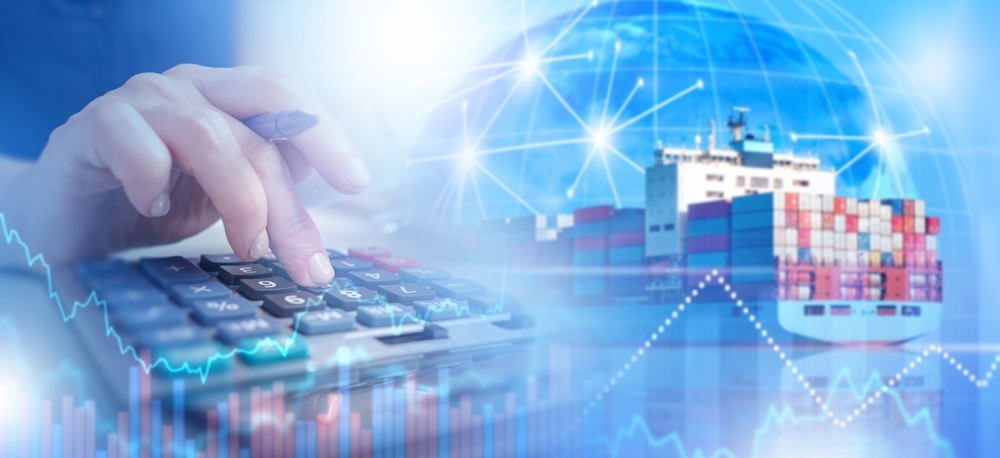
Freight payment solutions have transformed over the years, moving from manual invoice processing to fully automated, data-driven systems. This evolution has been spurred by the need for greater efficiency, accuracy, and visibility in supply chain operations. As global trade continues to grow and logistics networks become more intricate, the freight payment landscape is poised for further innovation. Here’s how freight payment solutions have evolved and the trends shaping their future.
From manual processing to automation
In the early days, freight payment processes were heavily reliant on manual data entry and paper invoices. Each shipment required clerks to reconcile invoices against contracts, verify charges, and manually approve payments — a time-consuming and error-prone process. As supply chains grew more complex, these manual methods became increasingly inefficient, leading to delays, disputes, and lost revenue.
The introduction of automation revolutionized freight payment. Systems capable of validating invoices against contracts in real time eliminated many of the inefficiencies inherent in manual processing. Automation not only reduced errors but also accelerated payment cycles, allowing businesses to improve their cash flow and build stronger relationships with carriers. By integrating these systems with a transportation management solution (TMS) like nVision Global’s Impact TMS, companies gained the ability to automate repetitive tasks and focus on strategic logistics management.

The role of data in freight payment
As freight payment solutions matured, the integration of data analytics became a game-changer. Modern systems now leverage large datasets to uncover insights about shipping costs, carrier performance, and operational inefficiencies. For example, analyzing historical invoice data can help organizations identify patterns in accessorial charges, recurring errors, or underperforming carriers, providing actionable intelligence to optimize shipping strategies.
This shift toward data-driven freight payment has also enabled predictive analytics. By forecasting shipping costs based on market trends, fuel prices, and seasonal demand, businesses can budget more accurately and make proactive decisions to mitigate risks. This level of insight was unattainable in the era of manual processing, highlighting the transformative power of data in modern freight payment solutions.
Embracing blockchain for transparency
One of the most significant advancements in freight payment is the integration of blockchain technology. Blockchain provides an immutable ledger of transactions, ensuring every step in the payment process is transparent and verifiable. This technology is especially valuable in combating fraud, which remains a challenge in global trade.
For instance, blockchain can store proof-of-delivery documents, shipping contracts, and payment records in a secure, tamper-proof environment. This transparency reduces disputes and streamlines audits, saving companies time and resources. As blockchain adoption grows, it is likely to become a cornerstone of next-generation freight payment solutions.

Trends shaping the future of freight payment solutions
The freight payment industry is now looking ahead to technologies and processes that further enhance efficiency and accuracy. One major trend is the adoption of artificial intelligence (AI). AI-powered algorithms are being used to automate anomaly detection in invoices, identify potential discrepancies, and suggest corrective actions. This technology can also optimize carrier selection by analyzing performance metrics and matching shipments to the most reliable and cost-effective providers.
Another emerging trend is real-time payment processing. Traditional freight payment cycles can take weeks, creating cash flow challenges for carriers and shippers alike. Real-time payment platforms aim to reduce this delay, leveraging technology to facilitate instant settlements. These systems are particularly advantageous for small and mid-sized carriers that rely on steady cash flow to maintain operations.
Sustainability is also influencing freight payment solutions. As companies prioritize greener supply chains, systems are incorporating metrics to track the carbon footprint of shipments. Freight payment platforms that can integrate sustainability data into their reporting will help organizations meet environmental goals while maintaining operational efficiency.
The future is here
Freight payment solutions have come a long way from manual processes, evolving into sophisticated systems powered by automation, data, and emerging technologies like blockchain and AI. As global trade becomes more complex, the demand for transparency, speed, and sustainability in freight payment will continue to grow. Businesses that adopt these advanced solutions will not only reduce their costs but also gain a competitive edge in the logistics landscape.